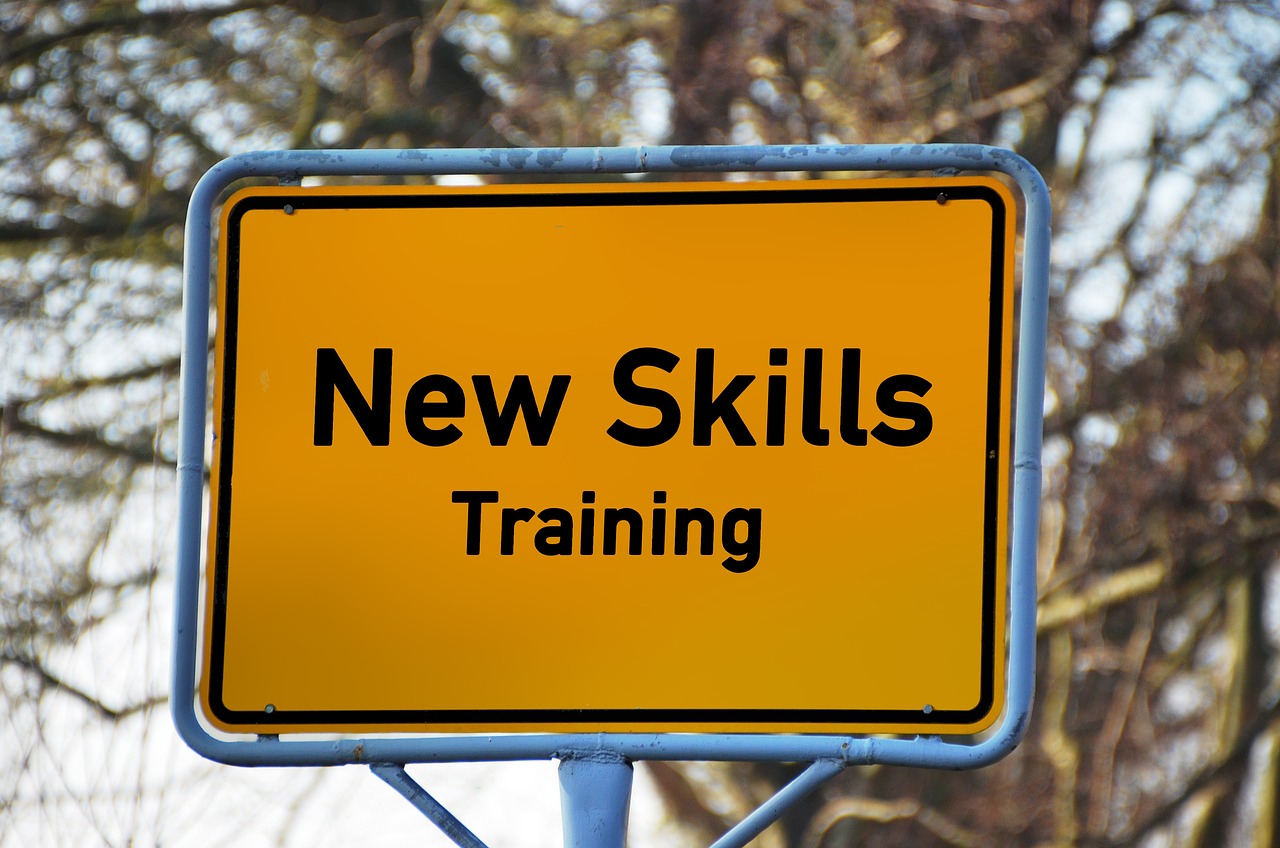Healthy Nurse, Healthy Nation™ Blog - Tackling the Teach-Back Method
Published
Quality patient care requires partnership. Health care providers bring expertise and experience. Patients (hopefully) follow their providers’ guidance to help make treatment and health care as effective as possible. But patients can only truly participate when they understand what the provider is asking of them and why it is important.

“Successful health care is closely connected to health literacy,” says #healthynurse Rasheda Jones, PhD, RN, education specialist and the program manager for Healthy Nurse, Healthy Nation. “A patient’s ability to understand the information they receive allows them to make informed decisions about their health and take better care of themselves.”
The problem is that most patients don’t have a high level of health literacy. Even those with a solid understanding of health concepts can’t always retain information shared during medical appointments or stressful health events. Studies show that most patients forget 40% to 80% of the medical information they receive during health care visits. When they do remember what they’ve heard, nearly half of it is remembered incorrectly.
Experts have developed several tools to help health care providers effectively relay information to patients. Rasheda says that one of the easiest tools to learn and implement is the teach-back method.
What Is the Teach-Back Method?
The teach-back method is a tool developed by the Agency for Healthcare Research and Quality (AHRQ) to improve health literacy. It involves breaking down information into manageable pieces and having patients “teach” it back to you. Your patients can either verbally repeat your instructions or show you how they’ll perform that task at home. The “show me” technique works well for self-care such as injecting themselves, rebandaging a wound, or wrapping an injury.
“The goal is to ensure the patient understands the information they receive,” Rasheda says. “Use this method in any health setting, whether giving discharge instructions after surgery or prescribing a common antibiotic.”
The teach-back technique helps to:
- Advance health equity because health care professionals meet patients wherever they are with health literacy.
- Build trust with patients by presenting them with information they can understand and empowering them to get involved in their health.
- Improve patient adherence to medication and treatment while reducing callbacks and re-visits.
- Reduce hospital readmissions when patients understand the discharge instructions and can care for themselves at home.
“If a patient understands how to care for themselves when they go home, there’s much less chance they’ll return for the same issue,” Rasheda says. “But it also improves that patient’s entire health care experience and their relationship with their provider.”
4 Tips for Using the Teach-Back Method Effectively
Patients develop better health literacy when they receive information at a level and pace they can handle. “As nurses, we assess patients to individualize care,” Rasheda says. “Use that assessment to determine the best approach when delivering information.”
There are steps you can take with all patients to ensure they understand the instructions you provide. Rasheda recommends you:
- Use plain language
Train yourself to speak using plain language instead. Identify the technical words you use regularly and think of how you might replace them with simple terms. Instead of inflammation, say redness and swelling. Instead of hypertension, say high blood pressure.
“Get familiar with these plain language words,” Rasheda says. “That way, they’ll be part of your vocabulary and come easily during patient conversations.”
- Chunk and check
“Keep it conversational, so your patient doesn’t feel like you’re testing them,” she adds. “Before you go onto the next piece of information, say, ‘Do you mind telling me how this medication works again, so I can make sure I explained it properly?’” If the patient can’t explain it to you, that’s an opportunity to close the gap before moving on.
- Ask patients to “show you”
“The show-me technique is a great approach because it allows you to visually inspect the patient’s comprehension,” Rasheda says. “Just explain, ‘I know we’ve talked about what to do, but would you mind showing me how you would do it?’” That can help patients avoid common errors such as wrapping their wounds too tightly, injecting medication in the wrong area, getting air in the needle or weighing themselves incorrectly.
- Practice, practice, practice
“Practice with your colleagues, family, or yourself,” Rasheda says. “Think about your specialty and see if you can explain complicated procedures simply. Think about how to divide the information into chunks. Then, when you’re in the moment, it will feel natural to use the teach-back method to communicate with your patient.”
Teach-Back Helps Nurses Empower Patients
Research shows that when patients understand information better and feel empowered, it increases adherence, safety, engagement and quality.
“I urge every nurse, especially clinical nurses and those in education and professional development, to embrace the teach-back method if you aren’t already,” Rasheda says. “It’s an evidence-based tool. Work to incorporate it into your everyday practice and education programs for nurses.”
How do you use the teach-back method and other tools to improve health literacy? Share with us in the discussion comments below.

Not a member of Healthy Nurse, Healthy Nation (HNHN) yet? Join today!
Sign up for our monthly challenges!
Blog Quality of Life
09/27/2023 8:44am CDT



Post a Comment or Question